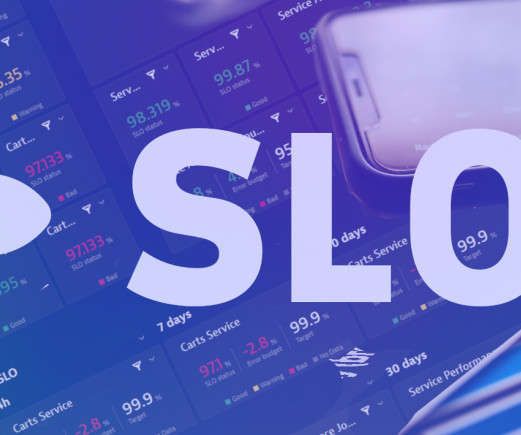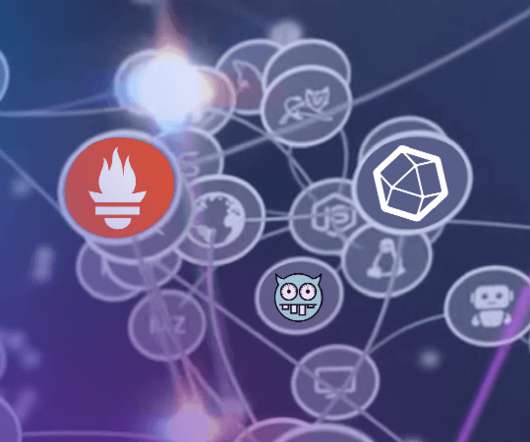Maximize user experience with out-of-the-box service-performance SLOs
Dynatrace
AUGUST 25, 2023
According to the Google Site Reliability Engineering (SRE) handbook, monitoring the four golden signals is crucial in delivering high-performing software solutions. These signals ( latency, traffic, errors, and saturation ) provide a solid means of proactively monitoring operative systems via SLOs and tracking business success.












Let's personalize your content